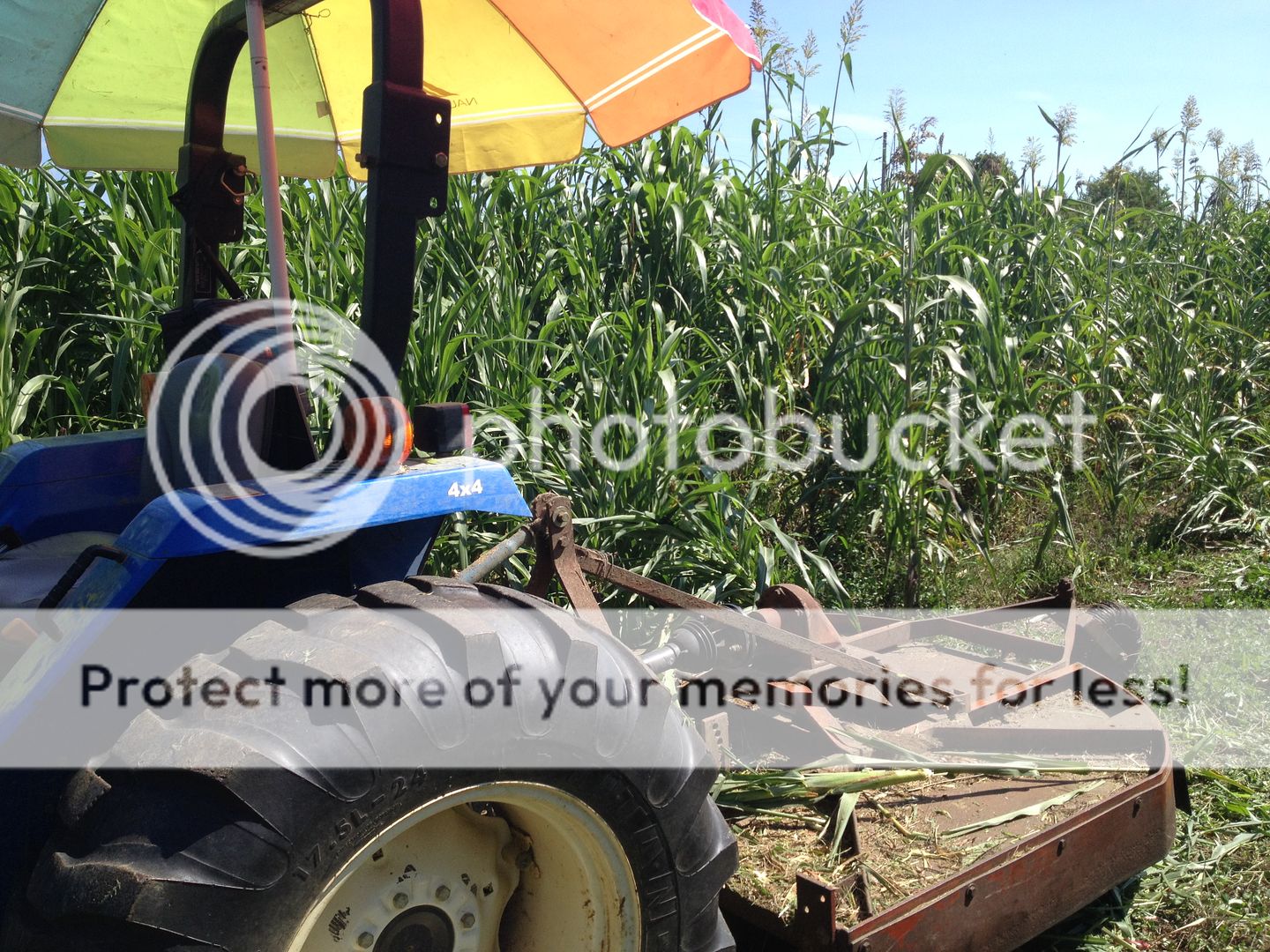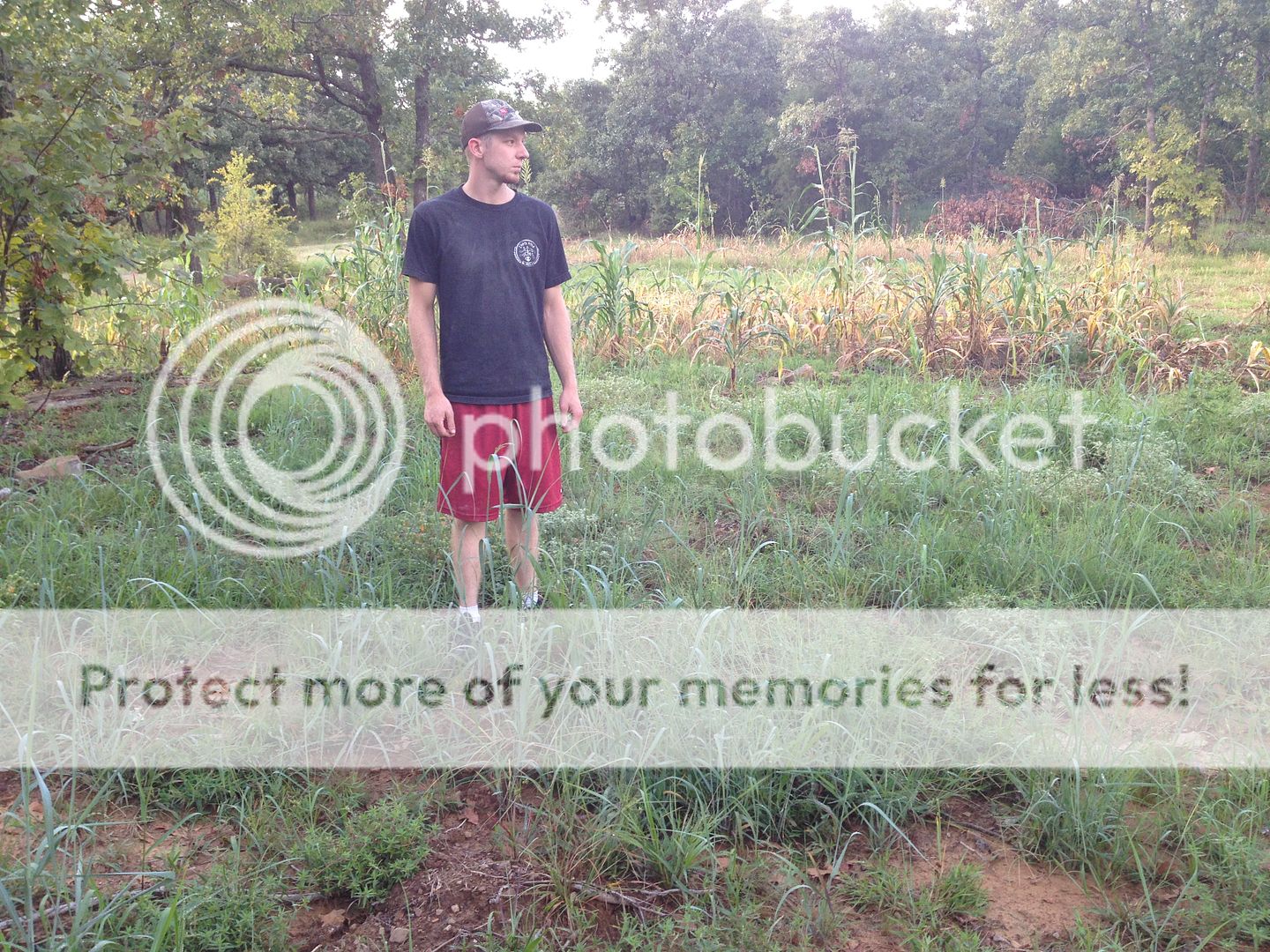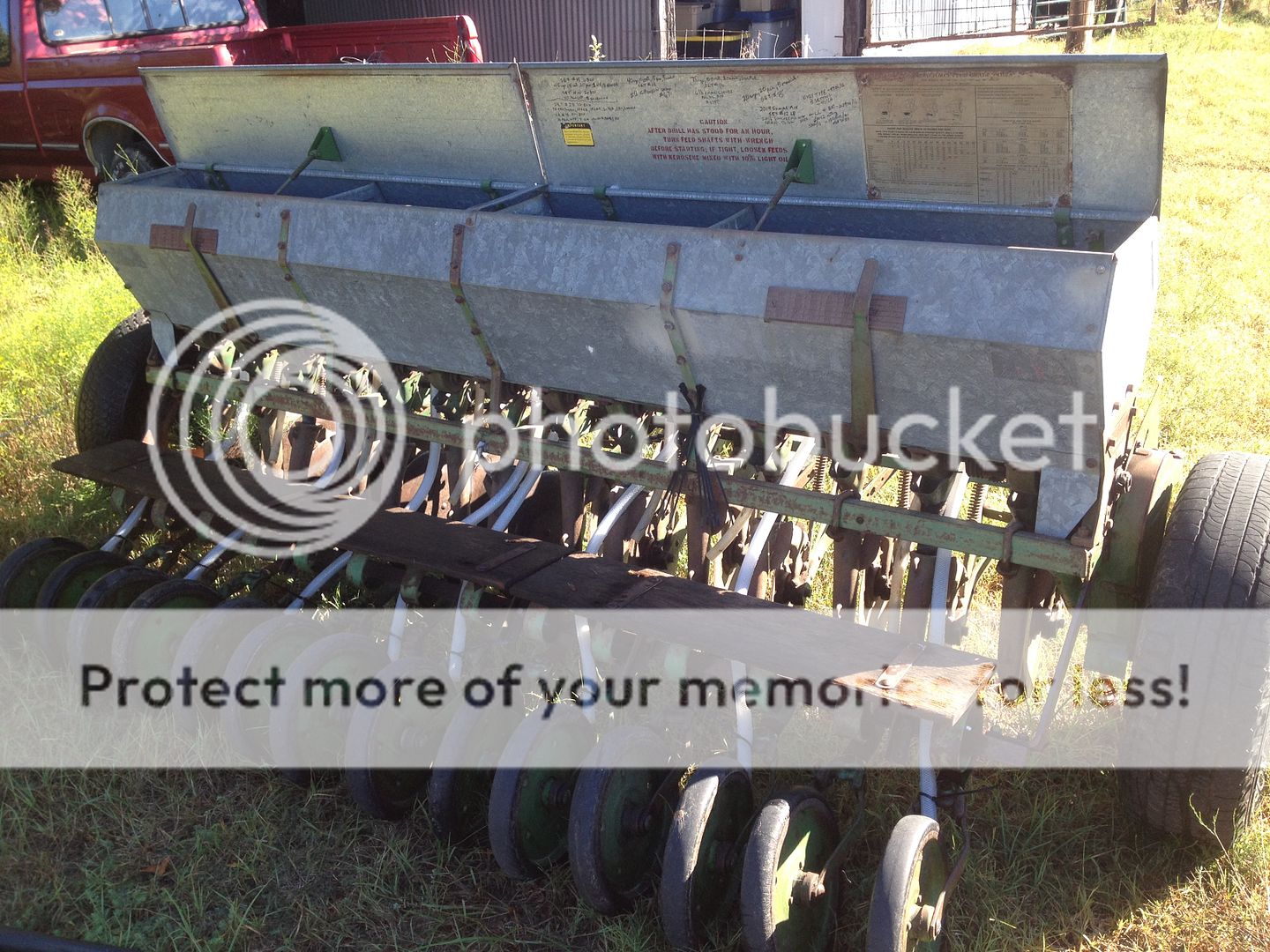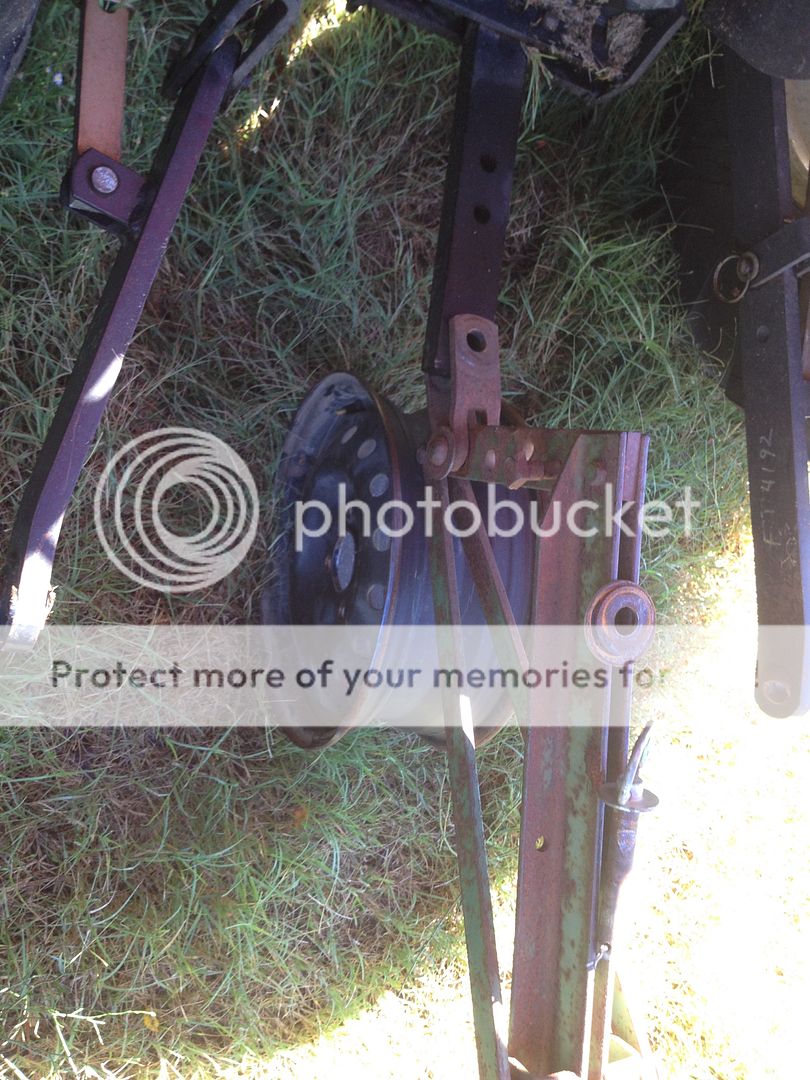Several folks have asked questions about preparing high biomass summer plantings for fall planting. I set up 2.5 acres today and will move cows into it tomorrow for full access to this and the rest of paddock for a week. Thought I would share a few pics and observations. We have not visited the plot in 60 days.
Cut a 10' swath around perimeter of plot and several 5' lanes across the middle to make it easier for cattle to access forage and have some visibility. This gives an idea of height and shows some perennial clover and chicory being released. Mowed in mid range 2 at 1800 rpm.

Cowpea and soybean vine late in the season and will climb as high as the tallest plants. Sunnhemp is 4-10' tall and starting to bloom. Deer have put significant pressure on most of the summer annual legumes....so letting cows handle the biomass which deer have left makes the most sense.

True egyptian wheat (EW) has massive brace rooting ability to keep 14' tall plants standing. The brace roots are 18" or more up the lower stalk. Zero fertilizer has been applied to this plot in the last 12 months. Residual soil N and N fixed by hairy vetch and other legumes in the fall mix are feeding the crop. Soil is well covered to ensure biological activity of soil fauna and hold moisture . If your EW does not brace root like this then what you were sold may not be EW, excess N was applied, and/or seeding rate was too high.

Started out by mowing as low as possible then raised the deck so the plants would not be uprooted by mower deck and to monitor thatch thickness/windrowing. Here is what that looks like and there would be little issue drilling right after mowing if one didn't have cows. The cows job is to remove leaves and upper part of stalks for optimum light penetration to soil below....should be able to drill right through what is left standing....or can mow stalks if needed. EW will regrowth from the base after cows leave to a height of about 3' and new shoots will grow off of some stalks.....the plot can be grazed again in winter for a mix of standing sorghum hay and green winter annuals. During the interim the acres will remain a self screened food plot for wildlife.

Cut a 10' swath around perimeter of plot and several 5' lanes across the middle to make it easier for cattle to access forage and have some visibility. This gives an idea of height and shows some perennial clover and chicory being released. Mowed in mid range 2 at 1800 rpm.

Cowpea and soybean vine late in the season and will climb as high as the tallest plants. Sunnhemp is 4-10' tall and starting to bloom. Deer have put significant pressure on most of the summer annual legumes....so letting cows handle the biomass which deer have left makes the most sense.

True egyptian wheat (EW) has massive brace rooting ability to keep 14' tall plants standing. The brace roots are 18" or more up the lower stalk. Zero fertilizer has been applied to this plot in the last 12 months. Residual soil N and N fixed by hairy vetch and other legumes in the fall mix are feeding the crop. Soil is well covered to ensure biological activity of soil fauna and hold moisture . If your EW does not brace root like this then what you were sold may not be EW, excess N was applied, and/or seeding rate was too high.

Started out by mowing as low as possible then raised the deck so the plants would not be uprooted by mower deck and to monitor thatch thickness/windrowing. Here is what that looks like and there would be little issue drilling right after mowing if one didn't have cows. The cows job is to remove leaves and upper part of stalks for optimum light penetration to soil below....should be able to drill right through what is left standing....or can mow stalks if needed. EW will regrowth from the base after cows leave to a height of about 3' and new shoots will grow off of some stalks.....the plot can be grazed again in winter for a mix of standing sorghum hay and green winter annuals. During the interim the acres will remain a self screened food plot for wildlife.















